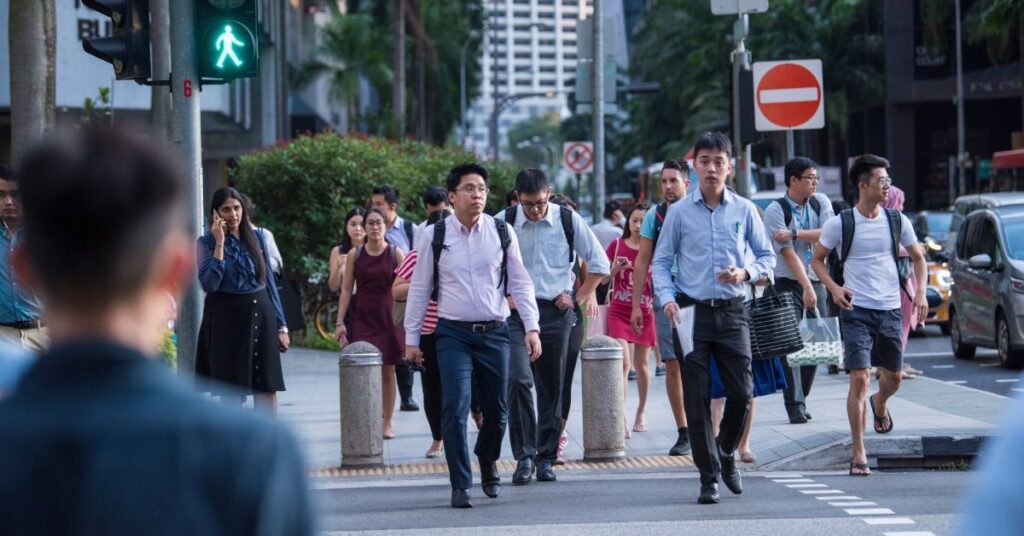This Article Originally Appeared On Vulcan Post.
I am not a professional photographer. However, I enjoy taking photographs as a hobby and it gives me great satisfaction when images look stunning after a bit of post-processing.
Photographs are about capturing the right moment, the right lighting and the right mood. Yet, as I don’t carry my bulky DSLR with me all the time, there have been too many incidents when I’ve missed out on capturing a good moment.
Till now, DSLRs have had all the advantages with their big noiseless CCDs, plethora of lens options and thousands of manual settings for the perfect picture.
All this changed when I went and bought the Samsung Note 4. To be very honest, I was more concerned about its note-taking capability, and a good camera was just an added bonus. However, as I started taking more photos, the image qualities just completely blew my mind. After 3 months with the phone, I am happy to leave my DSLR and my advanced point-and-shoot at home, and safely take just my phone for most photo occasions. Here’s why:
Lack of a Bulky DSLR

The first thing which bothers me about DSLRs are the bulk they create, along with the extra lenses I usually carry. A mid-level DSLR with a wide angle, prime and telephoto lens is just a bother. Then, there is the additional hassle of charging the batteries in advance and taking care of the lenses.
With the NOTE 4, my phone/camera is always charged and I never have to bother with excess lenses which I need to carry. My entire photo kit fits into my pant pocket and is ready to go out whenever there is an occasion to take a picture.
Good Quality Image Sensor of the NOTE 4

The NOTE 4 has a 16 MP sensor, and that is not the only good thing about it. It also has built in OIS (Optical Image Stabilisation), which produces some amazing low noise pictures. This kind of performance allows decent pictures — even in low light situations like a rock concert as shown above — and was almost unknown in phone cameras before the NOTE 4.
Seamless Editing and Upload to Social Media

I am not one of the purists who think post-processing is sacrilegious. In fact, I used to rely heavily on Photoshop in the past for general processing, and Photomatix for HDR photography. While I was using the DSLR, there was also always this bother about transferring the pictures from my camera to the computer, processing them and then uploading them again to Facebook or Instagram.
I am stunned by the myriad of processing apps which are available on the Play Store nowadays, many of which are almost as powerful as computer-based options. After playing around with a lot of them for a while, two of these stand out:
- Snapseed : The most powerful of them all. Use it for its HDR option, detail option and general adjustments, as well as its Grunge Filters.
- VSCOcam : An elegant, minimalist app which I use after initial processing in Snapseed. VSCO has way better filters than Snapseed or Instagram, and can be purchased in-app.
Having processing apps on my phone makes everything — from capturing to final uploading on social media — a seamless process on one single device.
Panorama, Google Camera Lens Blur

One complaint about phone cameras is that they lack that delicious Lens Blur DSLRs can produce with prime lenses, where the subject is in focus while the rest is a blur. Although that is hard to replicate on a phone camera with their low f-number lenses, Google Camera works around the problem to solve it software-wise, by creating a depth field of the scene in front.

Also, the panorama mode is extremely useful, especially if you think the limited field of view of the phone camera will prevent you from capturing the full essence of the scene in front of you. The panorama stitching works flawlessly, unlike previous phones, and produces some amazing results — like the image of Marina Bay in Singapore above.
A Phone Camera is Not Conspicuous

When engaging in people or street photography, a large DSLR with its massive lens is actually quite threatening to your subject, especially when you do not know them. On the other hand, a phone camera hardly raises an eyebrow when people are your subjects, so the Note 4 is an excellent choice for street photography.
So is this the end of DSLRs?

Although phone cameras like the Note 4 have come a long way (and can be used for most occasions instead of a DSLR), low noise performances in ultra low light conditions are still better left to DSLRs and good point-and-shoot cameras like the FujiFilm X100s. The image of the Milky Way, for example, was shot using the X100s from a plane window using ISO 6400. Also, in cases where the use of speciality telephoto lenses or prime lenses for portrait photography is necessary, the phone camera falls far behind.









